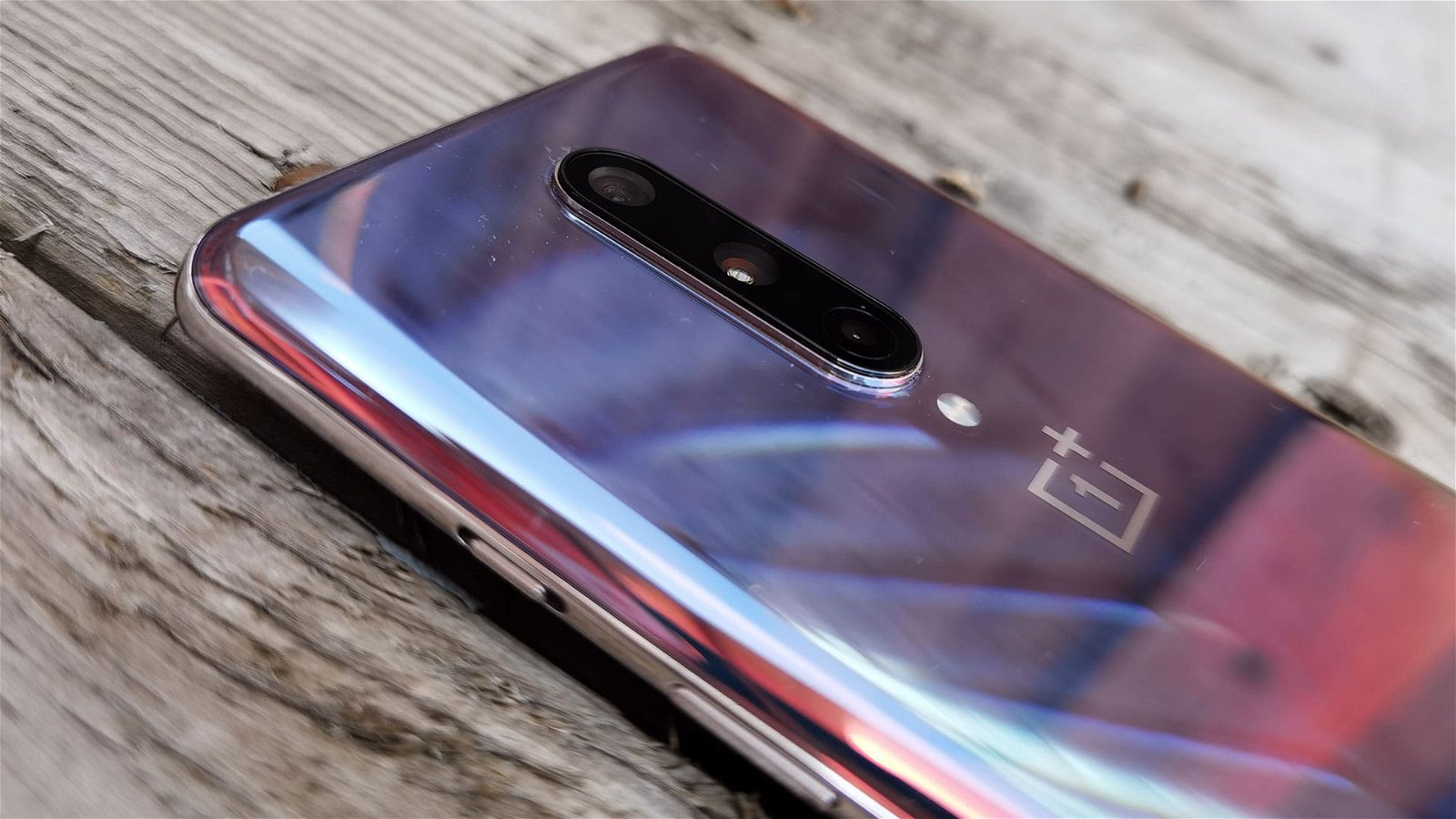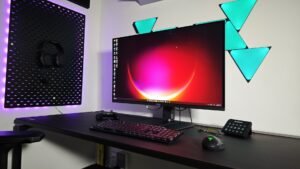OnePlus has, over the years, established itself as a major player in the smartphone industry. Their phones offer a refreshing take on what modern phones should look like and their pricing model offers consumers a less expensive option without sacrificing too much in the process. Yes, there are a few bells and whistles that could be lacking, such as IP water-resistance, wireless charging, or specific camera features, but the tradeoff felt worth the sacrifice.
With this year’s iteration, the OnePlus 8, and its bigger brother, the OnePlus 8 Pro, shed the concept of sacrificing for the price, and feel more like competitively priced offerings in a crowded smartphone landscape. While the price has increased this go around — starting at $699 USD, $100 over the 7T — buyers are presented with a phone that nails more needed features than any previous model, and just feels like a substantial move by the company to push for value over price. And I for one am thankful for the lack of compromise this outing.
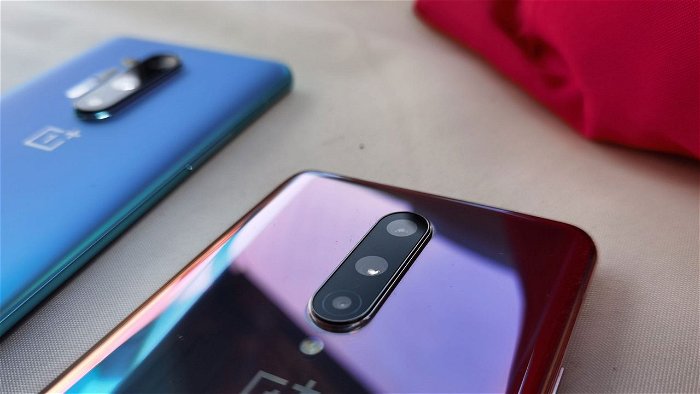
As mentioned before, the OnePlus 8 is more expensive than previous models, but with that comes more power and higher specs. The starting model of the OnePlus 8 range offers up 8GM RAM and 128GB of internal storage and starts at $699, with the step-up 8 delivering 12GB of RAM and 256GB of storage — the one we tested — costing $799 USD. Beyond storage and RAM, the OnePlus 8 devices all feature the same basic specs and features.
When looking at the OnePlus 8 vs the Oneplus 8 Pro, it is worth noting that these phones share many of the same internals. They both come with the same Snapdragon 865 SoC; both have 5G, and both offer Wi-Fi 6. It should be noted that while the OnePlus 8 and 8 Pro both have 8 or 12GB of RAM and 128 or 256GB options, the Pro utilizes LPDDR5 vs LPDDR4X in the standard 8. Granted, this is something that most users will not notice in daily use, but it is worth noting.
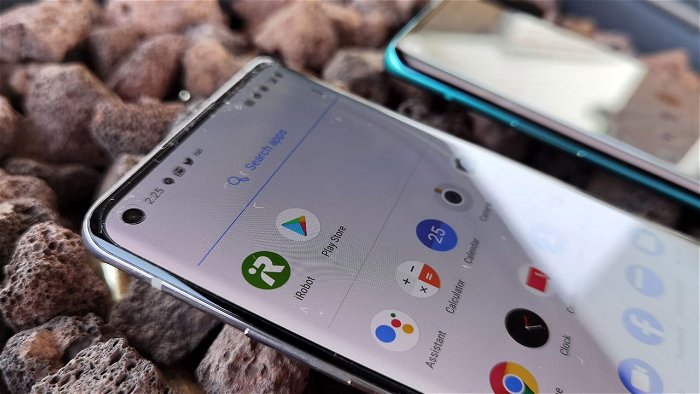
When looking at these phones in terms of performance, both devices will deliver ‘flagship’ level performance. Apps and games will run well no matter what phone you choose to buy. Games will open quickly, and the overall experience of Android will be buttery smooth. The OnePlus 8 and 8 Pro both offer top-of-the-line performance, and these devices would stand well next to any modern Android-based device and remain fast, smooth, and fun to use.
Looks-wise, the OnePlus 8 feels premium, from the way the screen folds slightly into the frame to the way the phone feels in the hand, this is a device that is built with care—and it shows. While smaller than the OnePlus 8 Pro, the 8 is still a sizable device, offering a 6.55-inch screen. And while it is on the bigger side, there is sadly no 3.5mm headphone jack, but this goes without saying by now when talking about a flagship smartphone from any maker.
Looking to the right side of the 8, you will find a silence notification silence switch — something more phones need to include — and a power button. On the left-hand side, you will find the volume rocker, with the SIM tray and USB-C port located on the bottom. It is a sleek device throughout and the placement of the buttons and simple lines deliver one of the more attractive smartphones of the year.

Looking back to the screen, the 6.55-inch 20:9 1080p AMOLED display is, to put it simply, stunning to look at. The 90Hz screen feels fluid to use in games and just browsing around the interface, and the clarity and vibrance of the screen make watching movies, YouTube or playing games feel fantastic. With the maximum brightness of 1100 nits the screen is more than capable of being seen even when outside, and the subtle curves to the side of the screen allow it to look like it has virtually no bezel, while still managing to not get in the way of using the phone or delivering false inputs due to palm placement.
It should be noted that the 8 only has 90Hz compared to the Pro’s 120Hz, but honestly, before handing the Pro off to Brendan Quinn, I had the opportunity to test the two phones next to each other, and despite some minor smoothness improvements, the difference is minimal at best. It is possible this will change as people get used to 90Hz screens, but as of right now, it would not sway my buying discussion either way.
The 4,300mAh battery delivers fantastic battery results considering the phone’s screen and the 90Hz display. In my daily use of the phone over a 2 week period, with moderate to heavy use, I never dropped below 30% before heading to bed. That is over 15 hours of use that included the Bluetooth headphones for music, web browsing, using the camera, and general social media and YouTube use. This far exceeds what I found on the Pixel 4 XL, and beat out similar devices like the Samsung Galaxy S20 Ultra, and the Mate 30 Pro. Sadly, if you wanted wireless charging you will need to opt for the 8 Pro since the 8 only offers fast-charging via USB-C.
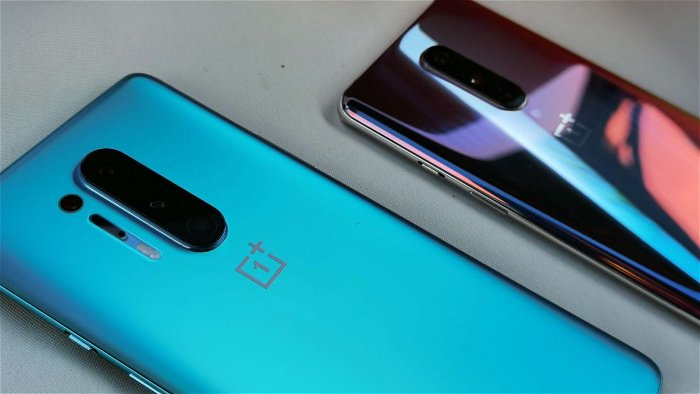
Beyond the screen and size, the biggest difference between the Pro and the 8 rests with the camera. The OnePlus 8 comes with a triple camera setup with a main 48-megapixel f/1.75 camera, an ultrawide f/2.2 16-megapixel camera, and a macro 2-megapixel f/2.4 camera. You are losing out on the zoom camera and the color filter camera featured in the pro. You will also be left with a slightly older IMX586 sensor vs the Sony IMX689 sensor seen in the Pro. This will result in a slight difference in the way pictures look on the main 48-megapixel camera, despite them looking similar on paper.
In testing, the OnePlus 8’s main camera faired well in well-lit conditions, delivering well-balanced photos that look for the most part true to life. When compared to last year’s top phones, the OnePlus 8 faired very well. Images have a good level of saturation and colour, and while it does lack the extreme vibrance of what Samsung offers, this differs more in software than hardware.
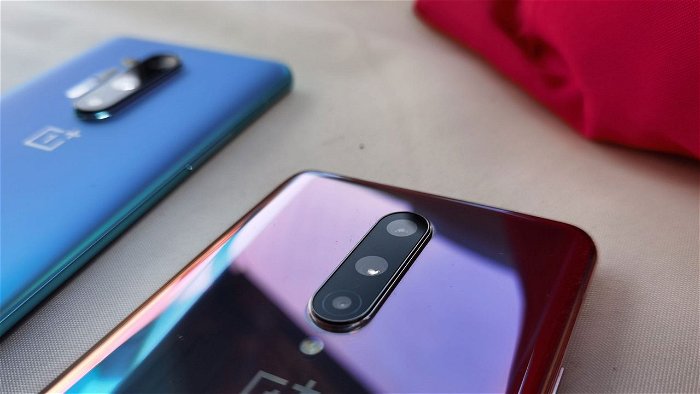




In terms of low-light, the OnePlus 8 did okay, but nothing to write home about. However, for the majority of cases, it is miles ahead of what people could achieve with even the best of last year’s flagships. The detail was sharp, colours were acceptable, and overall the photos were usable in a pinch. This could be further addressed with different software, but for testing, I stuck with the default app and stuck to default settings unless otherwise specified.
I found indoor photos had a bit too much yellow to the overall look, but this is a minor nitpick in an overall decent photo experience. Skintone and detail looked good with the rear sensor, and post-processing appeared to be minimal in most cases to ensure photos were far and away better than past OnePlus offerings. It should be noted that the Pro had fewer issues with night photography and image clarity thanks to the newer sensor.
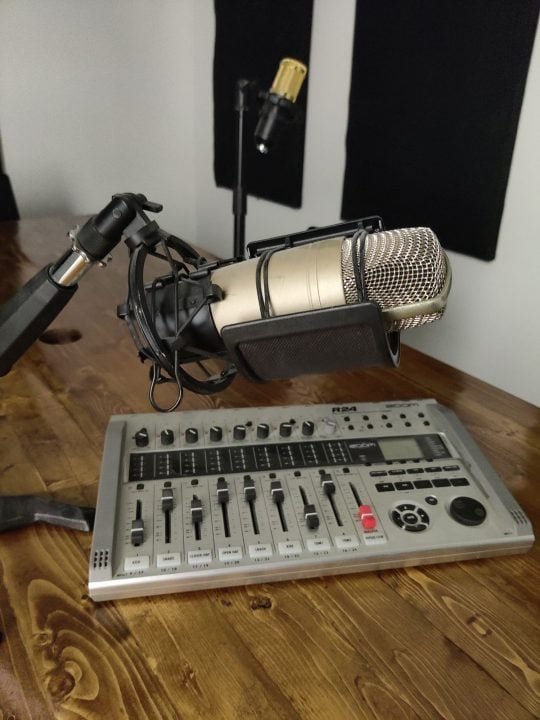
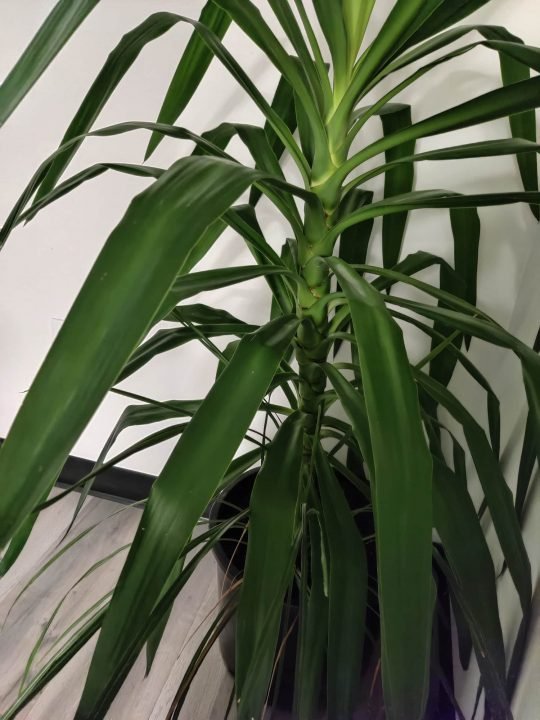
The macro-lense I found very limited in use. It felt more like a gimmick than something I would use in my day-to-day life. While it is interesting being able to get very close shots, and the results were satisfactory, the limits of the 2MP sensor on this camera really limited what I could use the images for. They simply were too low-quality for any journalistic work and realistically I can find few reasons to crack it out when the main sensor worked just as well in most cases.





From the way the menus work to the configuration of what button presses launch, OxygenOS feels like it delivers while still maintaining that core Android experience. While there are many quality of life additions with the OS, Oxygen never gets in the way of using the phone. I have rattled on in many of my reviews how I like stock Android, and this still rings true. This is why the approach OnePlus took with OxygenOS is so refreshing, it manages to deliver on the customization without sacrificing the experience, and it is something I hope more phone makers take to heart.
When it comes down to it, the OnePlus 8 feels like the natural evolution of what the company has been working towards since they first launched the OnePlus 1. The 8 finally feels like the motto of “never settle” has been realized. The phone is stunning to look at and delivers on all the features you would want from a flagship in 2020. While you are sacrificing a few features by opting for the smaller model, the 8 feels great in the hands, delivers fantastic battery performance, and offers up cameras that feel overall good compared to the competition. While yes, you can get more with the Pro, should you want to save the money, or simply do not need the extra features, you can’t go wrong with the OnePlus 8.
